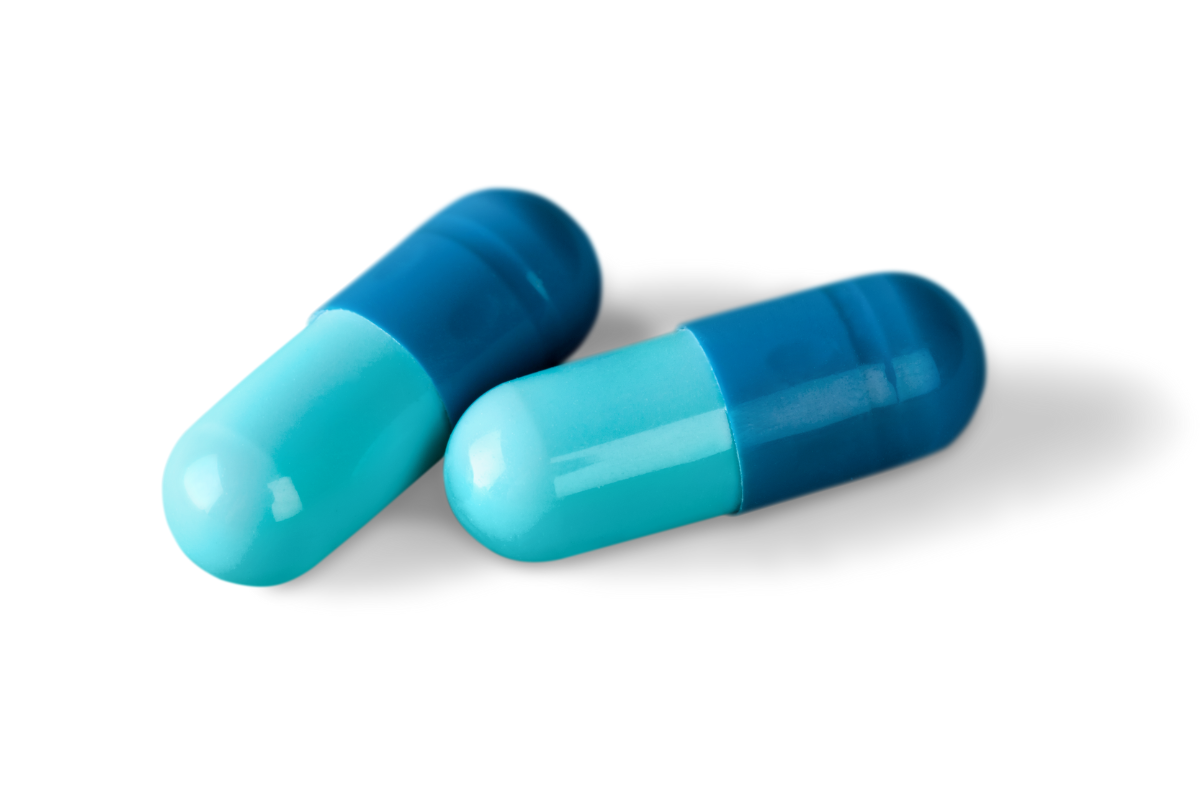
- Applications
-
Products
-
Liquid Handling
- firefly Accelerate genomic research with innovative all-in-one, compact liquid handling
- mosquito Nanolitre liquid handling technology performs ‘traditional’ tasks at a fraction of the volume, and higher speeds
- dragonfly Delivers accurate and repeatable nanolitre to milliliter dispensing
- apricot Automated liquid handling instrumentation for convenient general use across your entire team
- Sample Preparation
-
Sample Management
- comPOUND A scalable, reliable, and secure compound management solution
- BioMicroLab Easy-to-use sample management automation instruments
- arktic Robust biospecimen storage and management down to -80°C
- lab2lab Novel sample and data transfer network system
- comPACT Reliable and efficient -20°C storage and retrieval has never been more accessible
-
Liquid Handling
-
About
- Company With a focus on liquid handling, sample preparation and sample management, our expert teams create state-of-the-art solutions that scientists and researchers can trust Culture We have one overarching mission: to work together to accelerate life science research. Through our innovative solutions and state-of-the-art tools, we believe we can make a real difference to human health Partners Collaboration is key in our mission to make a real difference to human health. Partnering with application leaders globally, we co-create to solve new challenges across the life sciences. Innovation From the initial prototype through to manufacturing, installation and beyond, we bring a problem-solving mindset and technical expertise to drive innovation
-
Executive Leadership
 Through strategic guidance, visionary thinking, and a relentless pursuit of excellence, our senior executives steer SPT Labtech towards achieving its mission of making a real difference to human health through solving advanced laboratory challenges.
Learn more
Through strategic guidance, visionary thinking, and a relentless pursuit of excellence, our senior executives steer SPT Labtech towards achieving its mission of making a real difference to human health through solving advanced laboratory challenges.
Learn more 
-
View all
 Board of Directors
Board of Directors
 Our Board of Directors are committed to driving the long-term success and sustainability of SPT Labtech, providing expert guidance and oversight to execute the company’s ambitious commercial strategy.
Learn more
Our Board of Directors are committed to driving the long-term success and sustainability of SPT Labtech, providing expert guidance and oversight to execute the company’s ambitious commercial strategy.
Learn more 
-
Knowledge Base
- Resources Our wide range of insightful resources include videos, whitepapers, eBooks, application notes and more Events & Webinars Meet the SPT team at events all over the globe and virtually via our webinars Podcast We chat with innovators and leaders from across the community to gain their unique insights. News Latest news from SPT Labtech globally Blog Our latest blog posts feature trends in research, innovative techniques and new technology
-
23 June, 2025
 SPT Labtech Named Illumina Qualified Methods Provider Following Successful Automation of Illumina DNA Prep on firefly® Platform
Continue reading
SPT Labtech Named Illumina Qualified Methods Provider Following Successful Automation of Illumina DNA Prep on firefly® Platform
Continue reading 
-
23 April, 2025
 A trusted partner in drug discovery: Viral Patel’s 20-year journey with mosquito®
Continue reading
A trusted partner in drug discovery: Viral Patel’s 20-year journey with mosquito®
Continue reading 
-
26 March, 2025
 SPT Labtech and Biortus Launch Joint Laboratory of Structural Biology in China
Continue reading
SPT Labtech and Biortus Launch Joint Laboratory of Structural Biology in China
Continue reading 
10
- Careers
- Home
- Drug Discovery
Medicinal Chemistry
Medicinal chemists manipulate molecules at the nanoscale level to create new and better therapeutics with enhanced efficacy and specificity. Incorporating automation into low volume workflows enables labs to meet the accuracy and throughput demands of modern drug discovery.
Medicinal chemistry is a multidisciplinary field at the intersection of chemistry, biology and pharmacology focused on the design, development, and optimization of biologically active compounds for therapeutic use. In the early stages of drug discovery, the focus is on the identification and synthesis of new chemical entities that can interact with specific biological targets. During the hit-to-lead optimization stage, the chemical structure of promising candidates is modified to enhance pharmacological properties, such as potency, selectivity, permeability, metabolic stability and solubility.

Chemical Space Exploration
Exploration of chemical space is fundamental to the process of drug discovery. It involves investigating the universe of both known and unknown molecules, as well as the synthetic transformations necessary for their production, and their relationships to each other. It is estimated that this vast chemical landscape contains over 1060 drug-like compounds, any of which could potentially serve as a life-saving therapeutic agent.
Navigating the Chemical Space
The challenge of exploring chemical space extends beyond its sheer size. Not all theoretically possible molecules can be synthesized easily, if at all. For those that can be synthesized, some may be highly unstable or reactive, making them difficult to isolate or study. AI and machine learning (ML) can help with navigating chemical space but the models they generate might be difficult to interpret.
To overcome these challenges, there is a growing need to combine AI/ML models with high throughput experimentation (HTE) to efficiently identify and validate novel compounds. In this hybrid approach, virtual screening is used to prioritize promising candidates, which are then experimentally validated through HTE. The data generated from HTE can be fed back into the virtual screening models, refining their predictions and real-world relevance in an iterative cycle. This process not only enhances the accuracy of models but also focuses exploration on the most promising regions of chemical space. Additionally, it enables rapid optimization of reaction conditions, significantly reducing the time and cost associated with the identification of novel drug candidates.
Since the curation of AI/ML models heavily depends on large volumes of high-quality experimental results, ensuring the accuracy of this data is paramount. Automating HTE has become critical to preventing the introduction of noise, false positives, and false negatives.
.png)
Advancing Chemistry with High-Throughput Techniques
In recent years, ultra-high throughput experimentation (uHTE) has emerged as a transformative approach. It significantly increases the number of data points generated per experiment, while simultaneously addressing the challenges associated with limited quantities of newly synthesized or rare compounds and the scarcity of substrates. Automated uHTE enables the simultaneous execution of over 1500 experiments at the nanomolar scale, significantly reducing material consumption and set-up time. This methodology accelerates the design-make-test learning cycle, enhancing efficiency in chemical exploration and compound optimization. Additionally, the reaction miniaturization supports sustainable practices by decreasing the volume of hazardous chemicals required and minimizing waste generation.
Enhancing Reproducibility
Ensuring consistency in HTE and uHTE experiments can be difficult due to the scale and speed of the process. Small variations in experimental conditions or human errors can lead to significant discrepancies in the results. These experiments often require precise pipetting of challenging solutions, such as metal catalysts or organic solvents, which are difficult to handle manually, especially when low volume transfers are needed. Advances in liquid handling technologies are addressing these issues effectively. mosquito LV, a low volume pipettor that is agnostic to liquid viscosity, enables the automated execution of multi-parallel synthesis at the nanomolar scale, facilitating precise and highly reproducible investigations of reaction discovery and optimization. These reactions include Suzuki cross-couplings, reductive aminations, N-alkylations, nucleophilic aromatic substitutions (SNAr), as well as transition-metal catalyzed couplings such as the Pd-catalyzed Buchwald-Hartwig amination, metallophotoredox C–N and C–O bond formations, and C–H functionalizations (ref 1-7)
Evaporex® (EVX) evaporators seamlessly integrate into medicinal chemistry workflows, offering efficient solvent removal under controlled conditions, reducing well-to-well and plate-to-plate variability, and sample contamination risk. The instrument's high-throughput capabilities empower researchers to conduct large-scale screening experiments efficiently, accelerating the pace of drug discovery and development.
Related products
With a focus on liquid handling, sample preparation and sample management, our expert teams create state-of-the-art solutions that scientists and researchers can trust.
mosquito® LV
mosquito LV offers highly accurate and precise multichannel pipetting from 25 nL to 1.2 µL and simplifies assay miniaturization and compound handling workflows with automated, high throughput operation.
The easy-to-use instrument enables significant time and reagent savings through low volume pipetting and ultra-low source dead volumes for a rapid return on research investment.
Explore mosquito LV.png?width=450&height=720&name=mosquito-product-LV-Gen---hero-banner%20(1).png)

mosquito® X1
mosquito X1 enables accurate and precise single-channel positive displacement pipetting from 25 nL to 1.2 μL (LV) or 500 nL to 5 μL (HV).
With programmable sampling of any individual well in any plate, as well as multiple deck positions, mosquito X1 is ideally suited to rapidly cherry pick compounds from high throughput screening (HTS) plates for validation and secondary profiling or to normalize compound stock concentrations.
Explore mosquito X1Evaporex®
Accelerate the discovery process with optimized microplate sample preparation
EVX evaporators minimize low-volume sample drying time by evenly directing heated gas to microplates using dual upper and lower stainless steel needle assemblies. With full control over the temperature and flow rate, you can ensure optimum evaporation rate for your experiments for increased research productivity.
Explore Evaporex
Looking to explore some of the automation solutions we offer?
Then be sure to get in touch with one of our experts!
References
- Buitrago Santanilla A, Regalado EL, Pereira T, et al. Organic chemistry. Nanomole-scale high-throughput chemistry for the synthesis of complex molecules. Science. 2015; 347 (6217): 49-53. https://doi.org/10.1126/science.1259203
- Lin S, Dikler S, Blincoe WD, et al. Mapping the dark space of chemical reactions with extended nanomole synthesis and MALDI-TOF MS. Science. 2018; 361 (6402): eaar6236. https://doi.org/10.1126/science.aar6236
- Pomberger, A, Pedrina McCarthy, A. A, Khan, A, et al. The Effect of Chemical Representation on Active Machine Learning Towards Closed-Loop Optimization. React. Chem. Eng. 2022, 7, 1368, https://doi.org/10.1039/D2RE00008C
- Gesmundo, N., Dykstra, K., Douthwaite, J.L. et al. Miniaturization of popular reactions from the medicinal chemists’ toolbox for ultrahigh-throughput experimentation. Nat. Synth 2. 2023, 1082–1091. https://doi.org/10.1038/s44160-023-00351-1
- Taylor CJ, Pomberger A, Felton KC, et al. A Brief Introduction to Chemical Reaction Optimization. Chem Rev. 2023; 123 (6): 3089-3126. https://doi.org/10.1021/acs.chemrev.2c00798
- Mahjour B, Zhang R, Shen Y, et al. Rapid planning and analysis of high-throughput experiment arrays for reaction discovery. Nat Commun. 2023; 14 (1): 3924. https://doi.org/10.1038/s41467-023-39531-0
- Stevens R, Bendito-Moll E, Battersby DJ, et al. Integrated Direct-to-Biology Platform for the Nanoscale Synthesis and Biological Evaluation of PROTACs. J Med Chem. 2023;66(22):15437-15452. https://doi.org/10.1021/acs.jmedchem.3c01604


